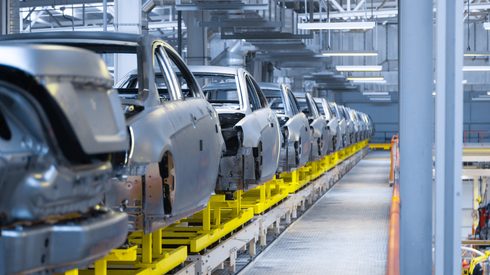In early December 2021, we analyzed the trend of automakers engaging in ventures to secure battery cathode material supply, with much less active participation by automakers in securing battery anode material supply.
We highlighted a number of reasons for this, both related to graphite availability and total electric vehicle (EV) battery costs.
By the end of December, the first graphite deal between an automaker and a graphite supplier was announced, with Tesla leading the industry with moves to both secure and diversify active anode materials (AAM) supply.
Tesla has signed an offtake agreement with graphite producer Syrah Resources, with Syrah to supply Tesla with natural graphite AAM from its Vidalia production facility in the United States. Syrah is shipping natural graphite fines from its Mozambique operations to the Vidalia facility in the US state of Louisiana, where the producer is processing the graphite fines to AAM.
The offtake agreement with Tesla supports Syrah’s plans to expand capacity at the Vidalia facility, with Syrah to make a final decision on expanding capacity to 10,000 tonnes per year of AAM in January.
Tesla’s leading move demonstrates both the EV industry’s need to secure future graphite anode supply, rather than focusing only on cathode supply, and the desire of global automakers to achieve localized supply chains.
With over 90% of anode materials produced in China, there is significant potential for new, geographically diversified graphite producers to attract interest from major automakers seeing to reduce dependence on Chinese supply.
As highlighted in our previous analysis piece in early December, and strengthened by Tesla’s advances into graphite, we maintain our view that other EV original equipment manufacturers will shortly move to secure supplies of AAM in addition to their sourcing of cathode components.





